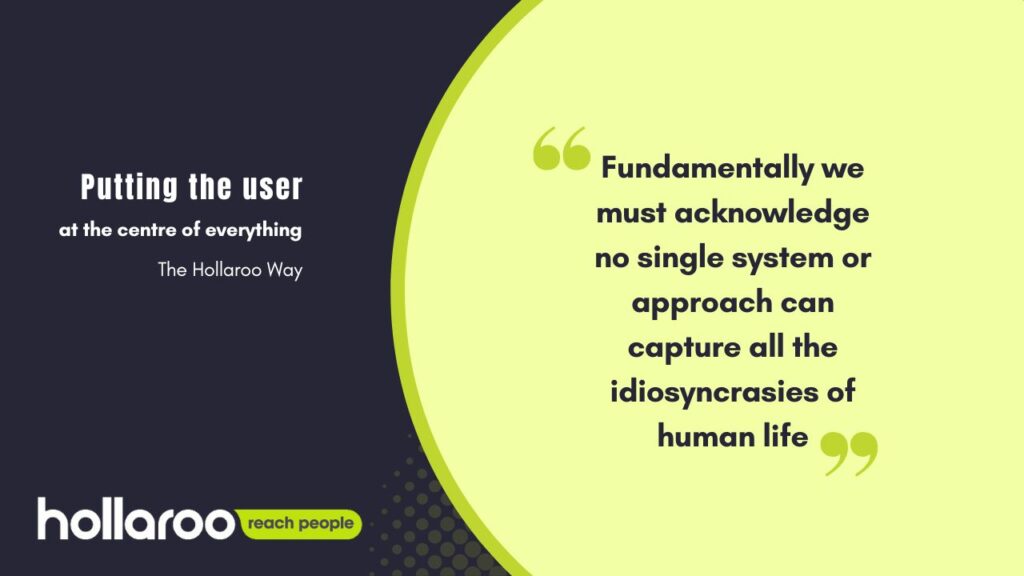(Originally a LinkedIn article, written by our CEO, Hugh Fordham. You can see the original here.)
I’m a big fan of Oliver Burkeman and his “The Imperfectionist” newsletter which covers approaches to productivity and time management. His most recent article, however, also made me reflect on the state of HR technology and why it is so hard to get right.
In the article called “Systems vs life” he talks about how new productivity techniques or approaches all start with great enthusiasm and energy, but then quickly degrade into something he describes as “repulsively burdensome”.
He surmises this not because of the novelty wearing off but because any approach that tries to apply simple rules to life is almost doomed to failure.
But as any Zen Buddhist will tell you, no set of concepts can completely capture the fullness of whatever part of life it refers to. Life, as John Tarrant puts it, is ultimately inconceivable.
That’s where the lightbulb went off for me. I’ve worked with HR technology for a few decades now and, from a technical standpoint, what we do is never that complicated.
We present information, we collect data, and we apply changes. Nothing is ground-breaking but still, we end up with systems that are practically unusable, full of frustrated and dissatisfied users.
And what is the common solution offered? More technology! Let’s put in a bit of artificial intelligence, some machine learning, maybe a bit of blockchain – that’ll sort things out.
But these approaches are doomed to fail if we don’t acknowledge that, fundamentally, we are dealing with people and their lives. No single system or approach can capture all the idiosyncrasies of human life.

Eventually, you’ll find you’re trying to force reality into a container that’s too small and the wrong shape for it.
This is not to belittle the challenges we face and the benefits that technology can bring. I still find endless fascination in the ways that human behaviours can stretch, and often break, overly rigid systems and processes.
And I always have a wry smile when promises are made about the next greatest system and the hyped-up technology it uses. In our world, beware of the magic system that claims to do everything for you.
The trouble is that the underlying promise here – of some kind of system that you could rely on, absolutely and always, so that you didn’t need to rely on yourself – is a mirage.
What have I learned over the years? Successful systems, and I have worked on a few, have the flexibility and humility to realise that there will always be exceptions and it is the way these are handled that defines the user experience.
Also, the best systems help people do what they need to do, rather than attempt to do these things for them. Oliver talks about demoting them “from things I try to use to live life for me, to things I use to help me live my life.”
At Hollaroo we wanted to build this understanding into our core principles; putting the user in control, avoiding rigid processes, and adapting to their needs over time. Using a human approach to HR technology puts the user at the centre of everything. That is our way.